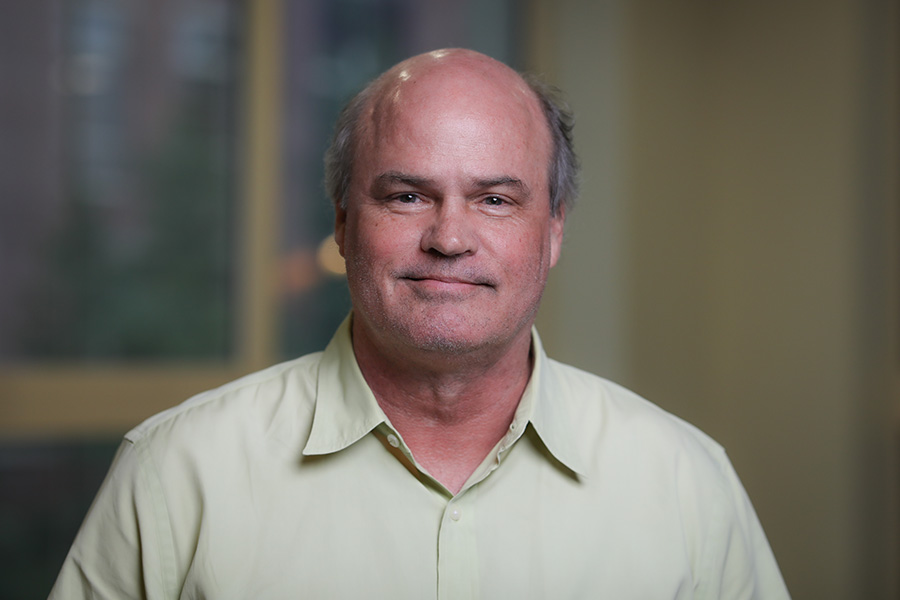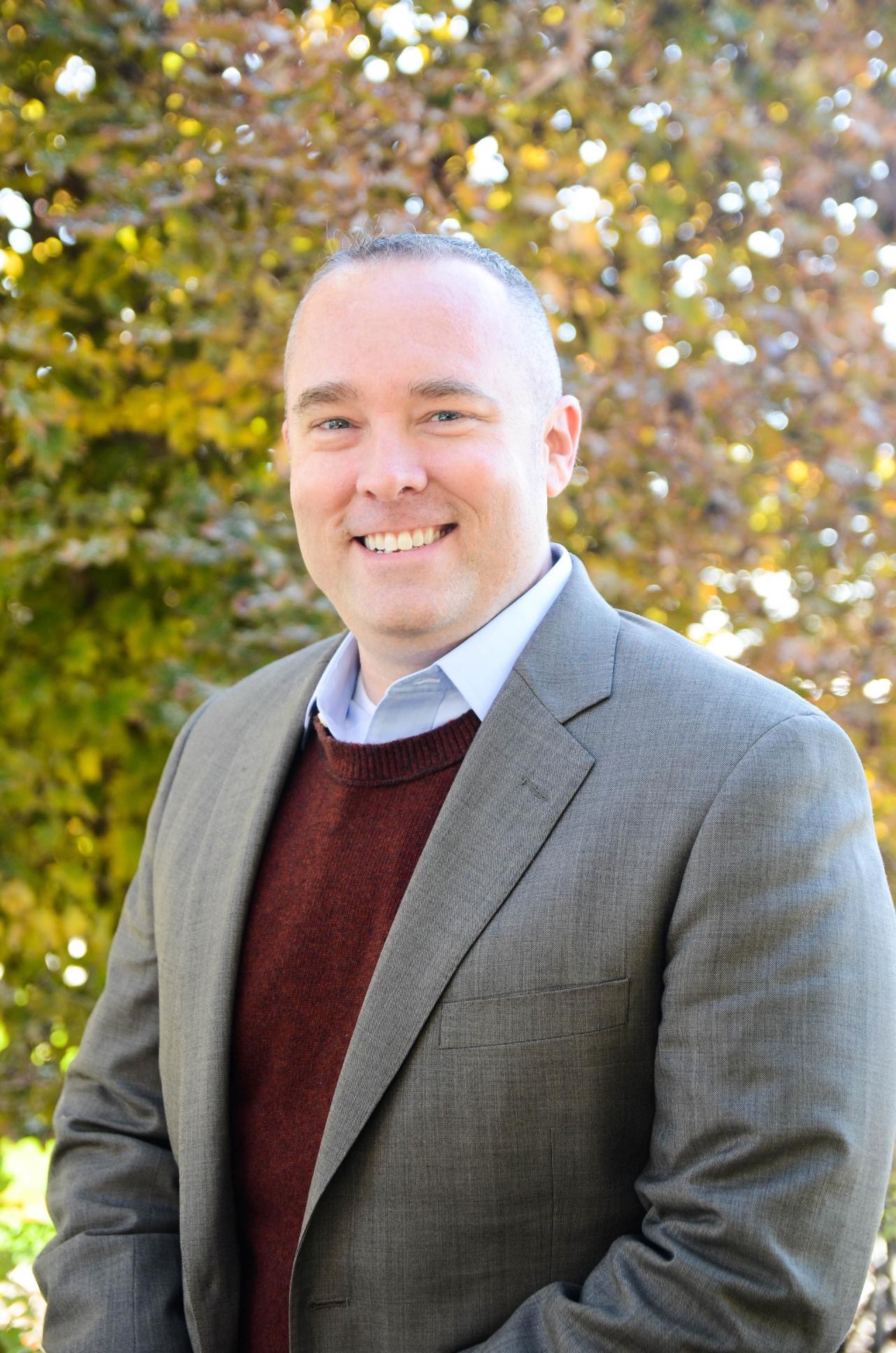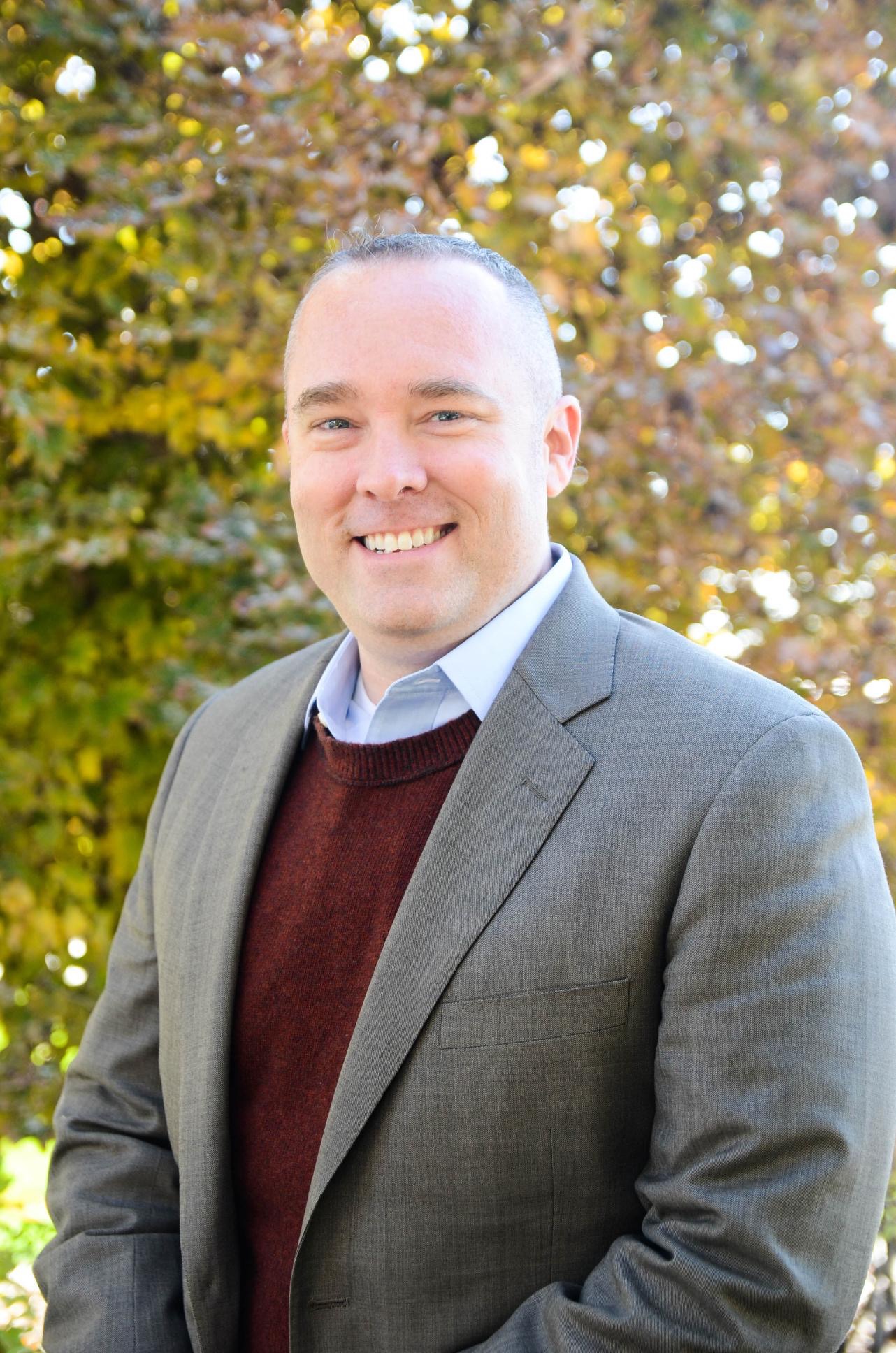In a sample of New York City youth, a Rutgers Health researcher finds Black lesbian, gay and bisexual adolescents faced the highest rising rates of suicidal ideation, attempts and bullying
Tag: Suicide
Does Living in America’s Wealthiest Communities Make You Safer?
Nationwide study published in Risk Analysis, compares the concentration of hazards and risks for the richest and poorest counties and municipalities in all 50 states (200 locations). Wealthier communities face higher economic consequences from natural hazard events compared to the poorest, mostly rural communities. The lowest-income municipalities have fewer impact from natural hazards, but at least 50% higher suicide and homicide rates, and firearm fatalities.
Firearms and mental health: 8 top facts to know
A video and story with insights from three mental health professionals with expertise in firearm injury prevention
Alcohol Use Disorder Amplifies Suicidal Ideation Severity in Military Personnel with PTSD
Heavy alcohol use may be a key factor contributing to suicide among military personnel with untreated post-traumatic stress disorder. A study of active military personnel found that heavy drinking amplifies the relationship between PTSD symptoms and the severity of suicidal thoughts. The authors of the study, which is published in Alcohol: Clinical and Experimental Research, recommend that the military health system consider requiring screening for suicidal ideation and alcohol use in service members who may have post-traumatic stress disorder and further develop integrated treatment programs that simultaneously treat alcohol use disorder and PTSD.
Mexican researchers have found that people who avoid going to psychologists choose the most violent suicide methods
Researchers from the National Autonomous University of Mexico, together with physicians of the Fray Bernardino Álvarez Psychiatric Hospital in Mexico city, have conducted a study, which demonstrated that male subjects with suicidal behavior who had not sought psychological or psychiatric assistance were likely to select more violent suicide methods compared to female subjects.
ACA CEO Testifies on Need for Improved Mental Health Care for Black Men and Boys
Today, American Counseling Association (ACA) CEO Shawn Boynes, FASAE, CAE, testified at a congressional hearing about the role counselors can play in providing support for Black men and boys and dismantling stigma around mental health concerns.
Homelessness a Major Issue for Many Patients in the Emergency Department
Housing insecurity is an issue for 1 in 20 patients who go to emergency departments at major medical centers in the Southeast, according to a Vanderbilt University Medical Center (VUMC) study published in JAMA Network Open.
‘Deaths of despair’ among Black Americans surpassed those of white Americans in 2022
A new analysis by researchers at UCLA Health found that mortality rates of middle-aged Black Americans caused by the “deaths of despair” — suicide, drug overdose and alcoholic liver disease – surpassed the rate of white Americans in 2022.
Young Black men are dying by suicide at alarming rates
One in three rural Black men reported they experienced suicidal ideation or thoughts of death in the past two weeks, reports a new study from the University of Georgia. Childhood adversity and racism may hold much of the blame.
Who Military Service Members See as Credible to Discuss Secure Firearm Storage for Suicide Prevention
Overall, the most credible sources are law enforcement officers, military service members and veterans, Rutgers Health researchers find
Firearm Access and Gun Violence Exposure Are Common in Black and Native Communities
A New Jersey Gun Violence Research Center study is the first to provide nationally representative data on gun use, storage and violence within Black and American Indian/Alaskan Native (AIAN) families.
Clearing the air reduces suicide rates
China’s efforts to reduce air pollution have prevented 46,000 suicide deaths in the country over just five years, researchers estimate.
Youth suicide, depression risk linked to sexual assault, other trauma. UTSW expert explains findings
One of the nation’s leading experts on youth depression and suicide can talk about factors fueling a nationwide spike in youth suicides. As part of a statewide effort in Texas to address the problem, Dr. Madhukar Trivedi has a new…

Preventing tragedy: FSU expert examines suicidal motives in mass shootings, terrorism
By: Amy Walden | Published: February 21, 2024 | 9:21 am | SHARE: According to the Gun Violence Archive, the United States reported 656 mass shootings in 2023. When it comes to understanding and preventing tragedies such as murder-suicides, mass shootings and terrorism, some may question why assailants in these cases are motivated to kill.
College Students Appear Resistant to Using 988 Crisis Phone Line
The 988 Suicide and Crisis Lifeline launched across the U.S. nearly 2 years ago. But college students — who are particularly vulnerable to substance use problems and related mental health crises — appear disinclined to use it, according to new research.

Study: New treatment method helps reduce suicide among military and veterans
Post traumatic stress disorder (PTSD) is common among U.S. military veterans. It’s also linked with higher risk of suicidal thoughts and behaviors.
High school students who report using alcohol, cannabis or nicotine at higher risk for suicidal thoughts and other mental health disorders
High school students who reported using cannabis, alcohol, or nicotine were more likely to have thoughts about suicide, feel depressed or anxious, have unusual experiences, and exhibit inattention or hyperactivity, according to recent survey-based study conducted by researchers at Massachusetts General Hospital (MGH) and the University of Minnesota.
Analysis of firearm-related suicide data reveals elevated risk in younger teens and in states with lax firearm laws
A new study from UChicago Medicine found stable, age-related patterns in firearm suicide, with the disturbing exception of accelerating rates in younger teens, and that states with less strict firearm laws had higher firearm suicide rates.
Many in Law Enforcement Own Firearms. They Are More Likely to Have Suicidal Thoughts.
Law enforcement officers in the United States own firearms at high rates and rarely engage in secure firearm storage, which could increase their risk for suicide, according to a Rutgers study.
Largest-Ever Genetic Study of Suicide Finds New Risk Factors
The reasons why people attempt suicide are complex and include external triggers like trauma and stress, as well as inherited genetic factors. A new study has identified 12 DNA variants, or variations in the human genetic code, that are associated with risk of attempting suicide.
High rate of mental health problems & political extremism found in those who bought firearms during COVID pandemic
People who bought firearms during the height of the COVID-19 pandemic have much higher rates of recent suicidal thoughts, self-harm behaviors, and intimate partner violence, a new study suggests, compared with other firearm owners and people who do not own firearms.

How do suicide risk or depression screenings compare to identify patients at risk?
Research led by The Ohio State University Wexner Medical Center and Wesleyan University found that depression screening tools outperformed suicide risk screenings under most conditions.
Study: Many primary care providers & adult patients wary of discussing firearms
Screening primary care patients for firearm access has been recommended by professional groups, especially for people with mental health issues. A new study shows wariness by providers and patients.
Study Sheds Light on Increased Reports of Suicidal Behavior in Teens
Reports of increasing suicidal behaviors in children in the decade leading up to the COVID pandemic suggest there was already a mental health crisis.
Psychiatrist Available to Discuss National Suicide Prevention Month
Psychiatrist Liat Jarkon, D.O., director of the Center for Behavioral Health at New York Institute of Technology, is available for interview/comment on this and other mental-health-related topics. Contact [email protected]. In 2021, an estimated 1.7 million suicide attempts took place in the United States. In addition,…
For Black Teens, School Belonging Can Be a Matter of Life and Death
Academic performance has long been linked to how supported students feel at school. Now, a Rutgers study suggests this sentiment is also essential to preventing suicides.
‘I feel like I’m suffocating’: what’s driving suicidal thoughts in the Australian construction industry?
What’s driving one Australian construction worker to take their life every second day?
Unemployment and underemployment significant drivers of suicide: analysis
Analysis led by University of Sydney researchers has revealed causal effects of unemployment and underemployment on suicide rates in Australia, with an estimated 10 percent of reported suicides over a 13-year period resulting from labour underutilisation.
Expert can discuss the latest study on the prevalence of suicidal ideation for military Veterans
Biography :Dr. Rachel Hoopsick (she/her) utilizes epidemiologic methods and a socioecological lens to understanding risk and resilience for problems with substance use and mental health among populations with high-stress occupations and life circumstances. Her research has primarily focused on military…
Sleep disorders associated with suicidal thoughts in youth
Having a sleep disorder is linked to an increased risk of suicidal ideation in kids, teens and young adults, University of Oregon research finds.
New Report Highlights U.S. 2021 Gun-Related Deaths: For Second Straight Year, U.S. Firearm Fatalities Reached Record Highs
A new report from the Johns Hopkins Center for Gun Violence Solutions analyzing 2021 Centers for Disease Control and Prevention data reveals another record year for firearm fatalities.
New Jersey Poison Center Data Shows Suicide Attempts Among Teenagers Are High
New Jersey Poison Center Data Shows Suicide Attempts Among Teenagers Are High
Social stress, problem-solving deficits contribute to suicide risk for teen girls
Teen girls who have greater difficulty effectively solving interpersonal problems when they experience social stress, and who experience more interpersonal stress in their lives, are at greater risk of suicidal behavior, suggests research published by the American Psychological Association.
Research pinpoints the time of year and hour when people have the strongest suicidal thoughts
New research has identified the month when people have the strongest suicidal thoughts, and that these thoughts occur a few months before the peak of suicide behaviours in spring/early summer. It also showed the daily peak in suicidal thought is between 4-5 am.

Psychologist: Dial 988 during mental health crises
Millions of Americans dial 911 each year to seek help for mental health and substance use emergencies. However, doing so may unnecessarily land them in the emergency room or the criminal justice system. In recognition of Mental Health Awareness Month, Anu…

Deaths by suicide increase significantly during the week of a full moon
For centuries, people have suspected a full moon in the sky to cause mysterious changes in people. Now, psychiatrists at Indiana University School of Medicine have found deaths by suicide increase during the full moon.
Use of melatonin linked to decreased self-harm in young people
Medical sleep treatment may reduce self-harm in young people with anxiety and depression, an observational study from Karolinska Institutet in Sweden suggests.
Health Care Providers Rarely Ask Patients About Access to Firearms
Health care providers rarely ask patients if they have access to firearms in their home – a question that could diminish the risk of serious injury or death and encourage conversations about secure firearm storage, according to a Rutgers study.
‘All Work, No Independent Play’ Cause of Children’s Declining Mental Health
A new study suggests the rise in mental health disorders in children and teens is attributed to a decline over decades in opportunities for them to play, roam and engage in activities independent of direct oversight and control by adults. Although well intended, adults’ drive to guide and protect children has deprived them of the independence they need for mental health, contributing to record levels of anxiety, depression, and suicide among young people.
‘Other’ race/ethnicity linked to higher suicide and overdose risk in military members with mild TBI
Previous studies have reported high rates of death by suicide and drug overdose – including opioid overdose – in military service members with a history of mild traumatic brain injury (mTBI). A new study finds that those risks are highest among military members with mTBI who identify their racial/ethnic status as “Other,” as opposed to standard racial/ethnic categories, reports the March/April issue of the Journal of Head Trauma Rehabilitation (JHTR). The official journal of the Brain Injury Association of America, JHTR is published in the Lippincott portfolio by Wolters Kluwer.

Upward trend in ‘deaths of despair’ linked to drop in religious participation, economist finds
Over the past 20 years, the death rate from drug poisonings in the U.S. has tripled and suicide and alcoholic liver disease death rates have increased by 30 percent — particularly among middle-aged white Americans. Daniel Hungerman, professor of economics at the University of Notre Dame, and his co-authors studied the connection between a sharp downturn of religious participation in the late 1980s and the swift rise in these “deaths of despair” among white Americans ages 45 to 54 in the early 1990s.
Physicians Should Screen Youth for Cyberbullying, Social Media Use
Researchers recommend primary care physicians screen adolescents and young adults for inappropriate or misuse of social media and cyberbullying utilizing screening tools developed for use in the health care setting. Physicians also can ask about the many symptoms that could be warning signs of cyberbullying such as sleep disorders, mood disorders, eating disorders, suicidal thoughts, self-harm behaviors, academic problems, fatigue and headaches. They also can undergo training to detect bullying and ensure that their staff is trained appropriately.
Lending a paw for defence veterans: ‘clear evidence’ that assistance dogs help improve mental health
A new Australian study focused on defence veterans’ mental health has found strong evidence that assistance dogs used in conjunction with traditional therapies provide the most effective treatment outcomes.
Ignoring Native American data perpetuates misleading white ‘deaths of despair’ narrative
An increase in “deaths of despair” in recent decades has been frequently portrayed as a phenomenon affecting white communities, but a new analysis in The Lancet shows the toll has been greater on Native Americans.
Military Service Members Who Hide Their Suicidal Thoughts Are More Likely to Store Their Firearms Unsafely
Military service members who haven’t told anyone about their suicidal thoughts or talked with a behavioral health professional are most likely to store their firearms unsafely, according to a Rutgers study.
Restricted abortion access linked to increased suicide risk in young women
When the Dobbs v. Jackson Supreme Court decision came down in June, overturning the right to abortion in the United States that Roe v. Wade had bestowed in 1973, conversations about access to reproductive care took on a renewed urgency.
New Report Details Steps to Reverse Decline in U.S. Life Expectancy
The Bloomberg American Health Initiative at the Johns Hopkins Bloomberg School of Public Health released a report today setting out 10 practical steps to address major causes of declining life expectancy in the U.S.
Unsecured Handguns Account for the Majority of Firearm Suicide Deaths in the United States
Rutgers study details individuals most likely to use different types of firearms in their deaths, how firearms are stored and where victims inflicted injuries upon themselves
Access to paid sick leave linked to lower mortality rate among US adult workers
Access to paid sick leave is linked to a lower rate of mortality among US working age men and women, according to new research in the American Journal of Preventive Medicine, published by Elsevier.
Tips on How to Identify and Help Someone Who is Suicidal
September is National Suicide Prevention Awareness Month National Suicide Prevention Month is dedicated to raising awareness of the causes, warning signs, and most important, treatment options available for those at risk of suicide. According to the National Alliance on Mental…